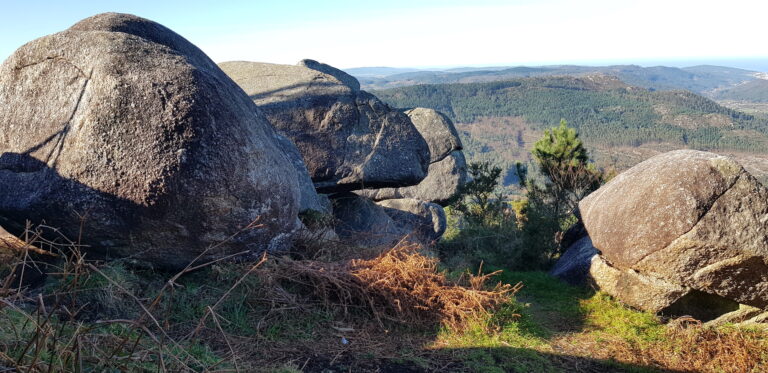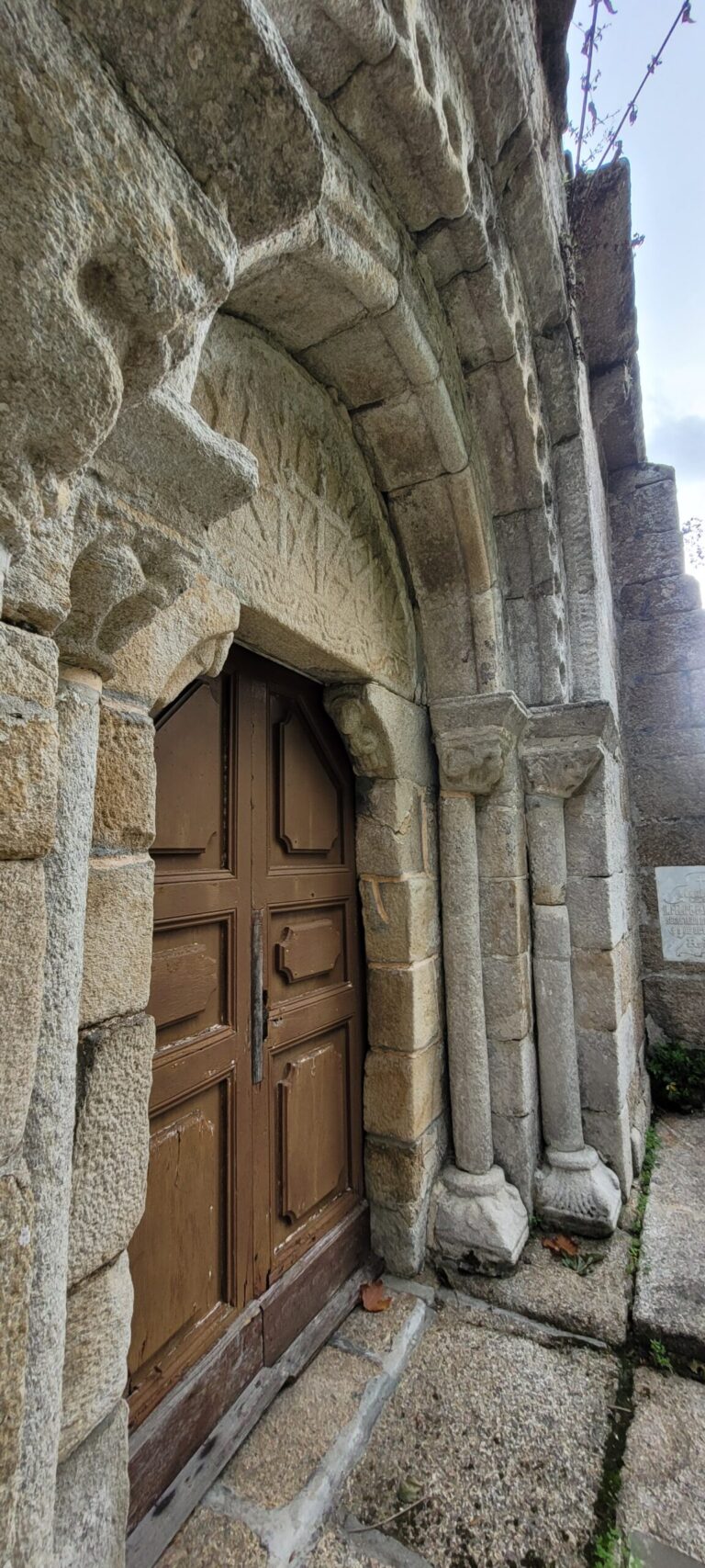One of the most representative monuments of the municipality occupies a prominent place in the municipal coat of arms. The medieval bridge of O Burgo, built in the late Middle Ages, has undergone several restorations, the most recent in 1992 by the students of the “Ponte do Burgo” Workshop School.
To walk along it as knights Templar, British generals, pirates and merchants did, is to remember the history of Culleredo, A Coruña and Galicia.
Of the 11 semicircular arches with stone voussoirs that form the bridge, the two in the center and those on the A Barcala side belong to the original bridge. Remnants of the original pavement discovered during the restoration are preserved.
At an ashlar in the Cullerdense margin reproduce the coats of arms coats of arms of the Andrade and Moscoso families, whose originals from the end of the XIV century are conserved in the the Church of Santiago de O Burgo . We will also find a commemorative relief which refers to tto the construction or reconstruction of the bridge sponsored bya by Fernán Pérez de Andrade.
The bridge could tell us hundreds of interesting stories, of which it has been a witness and protagonist over the years, such as its destruction during the War of Independence in the 19th century. In January 1809, the British troops commanded by Sir John Moore, retreating to the islands to escape the French army, aimed to reach the city of A Coruña to board the returning ships. After crossing the O Burgo bridge, the closest passage to cross the estuary and reach the city, Moore ordered it to be blown up to gain time for the retreat. Despite this, the French troops commanded by Marshal Soult managed to advance and faced the English days later in the well-known Battle of Elviña, in which the British commander would be mortally wounded. Both contenders achieved their goal: the English embarked for the islands and the French took the city.

 Culleredo, Galicia
Culleredo, Galicia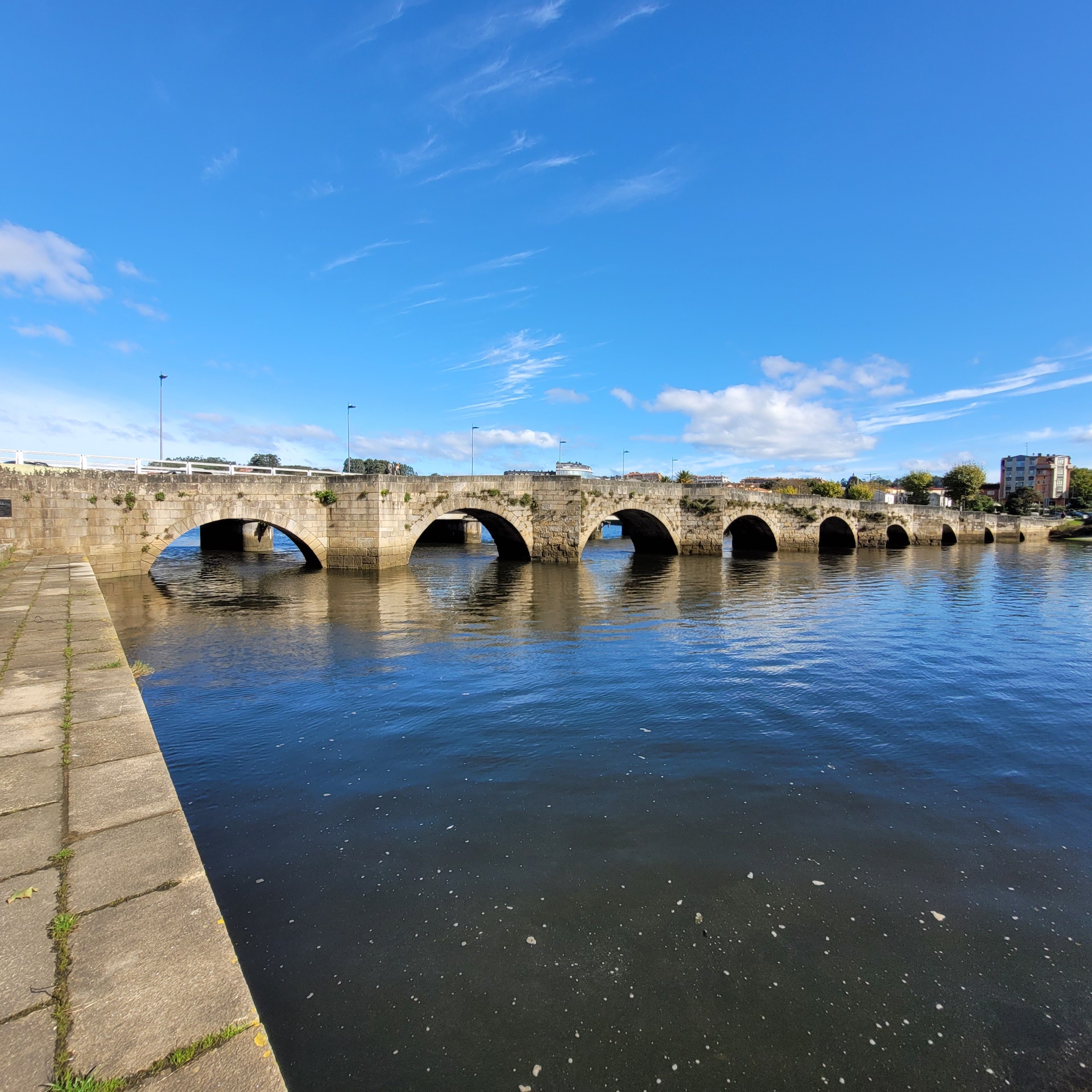
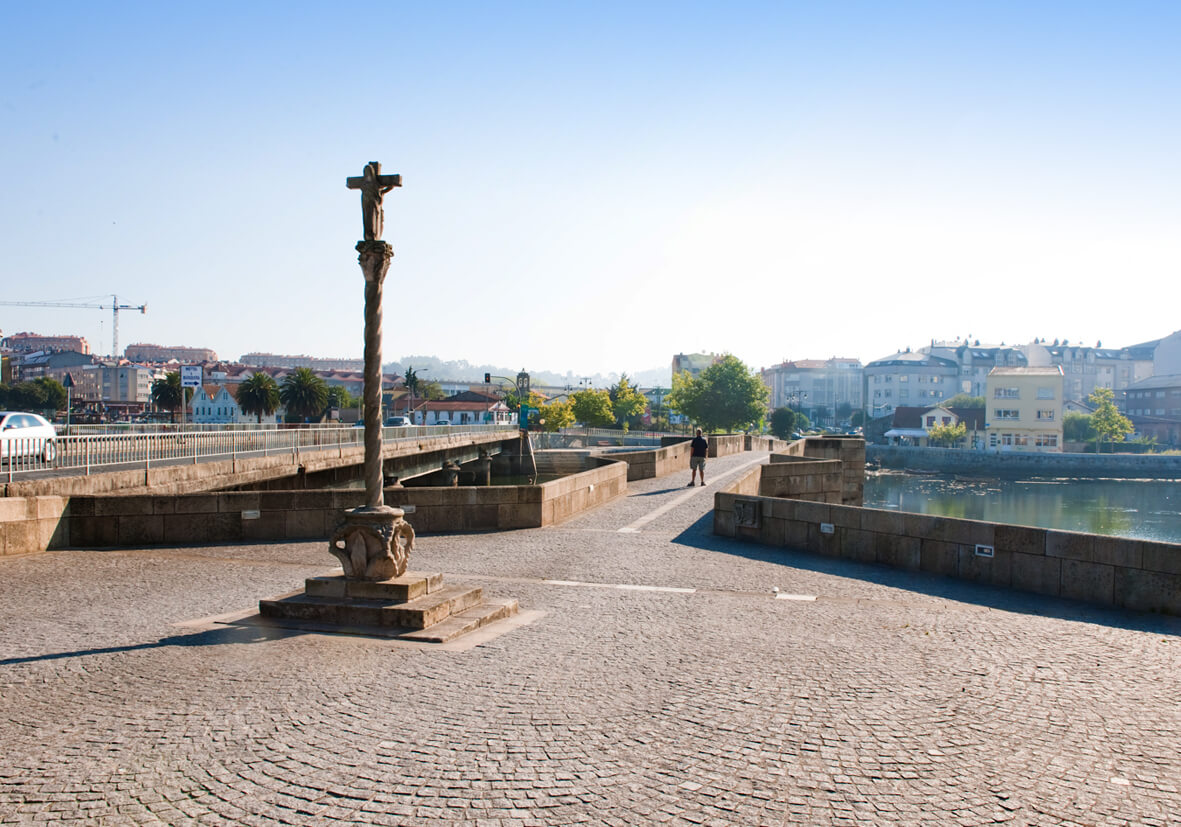
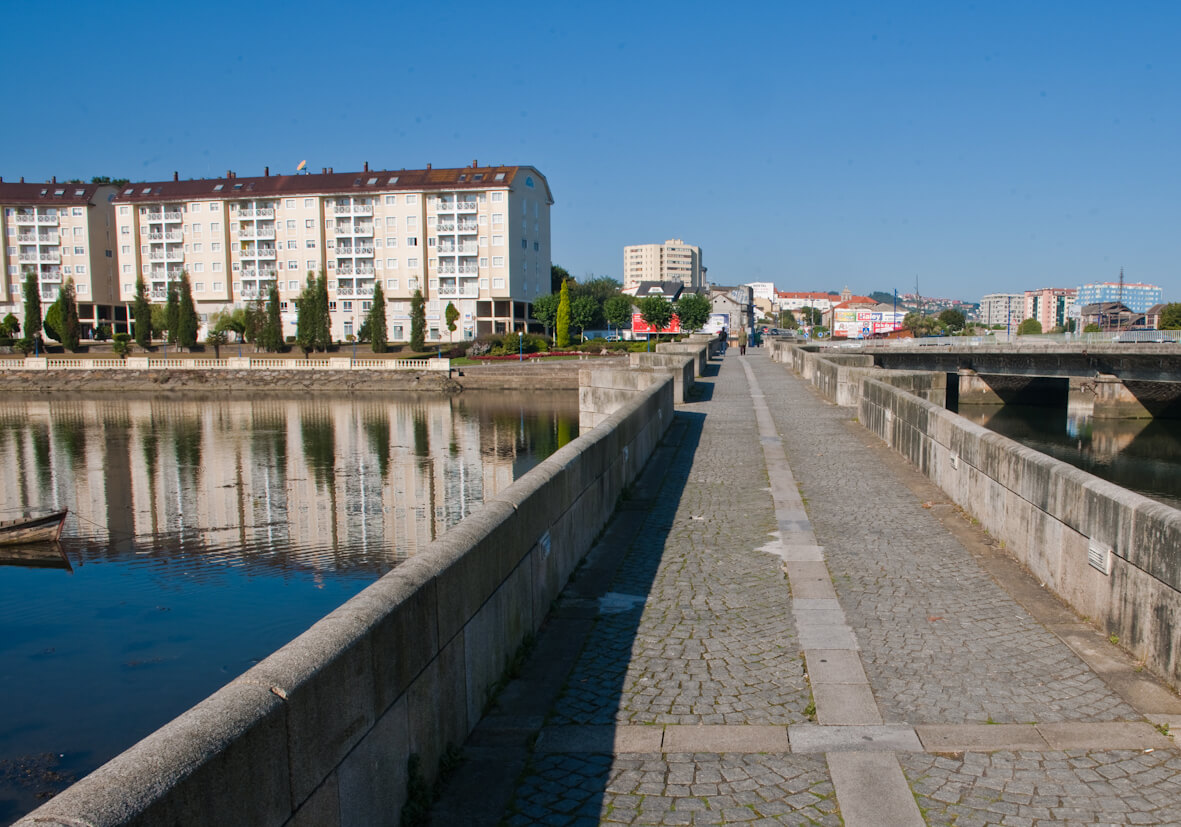





 Ponte de O Burgo - Culleredo
Ponte de O Burgo - Culleredo 
